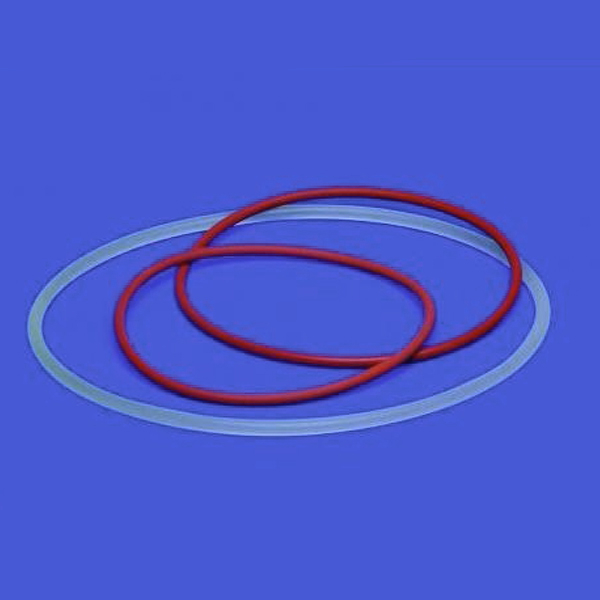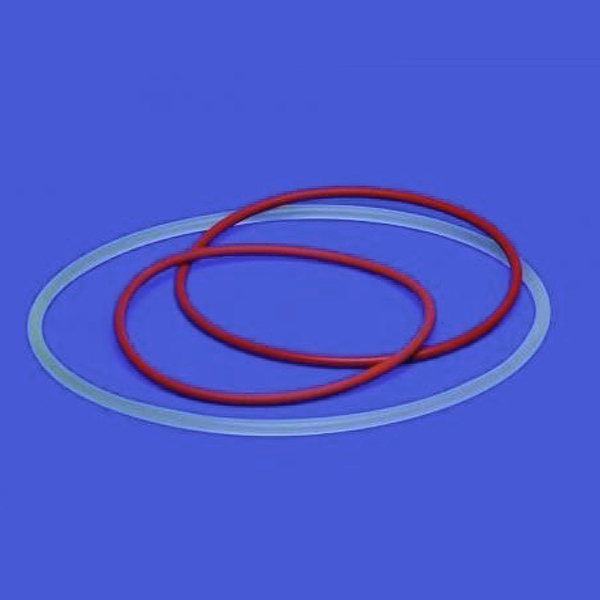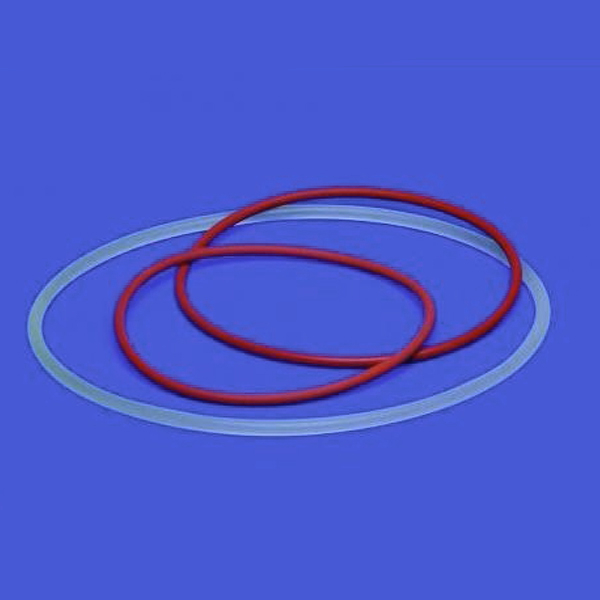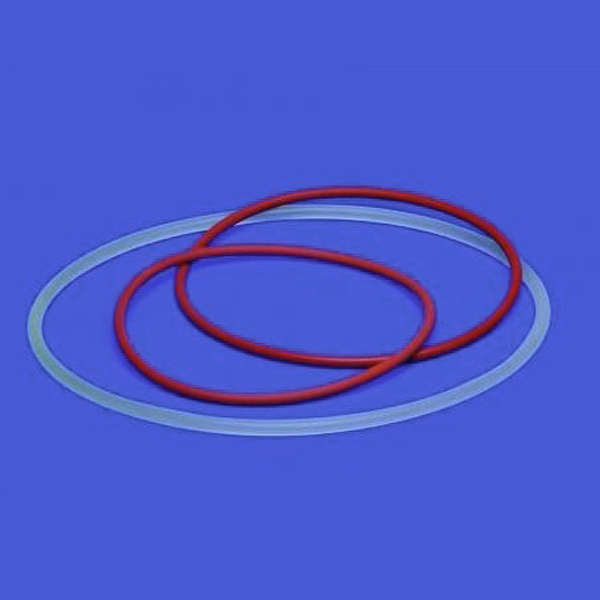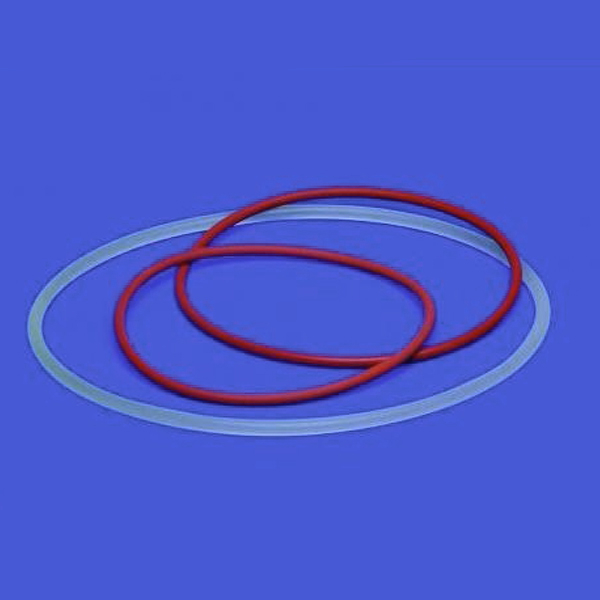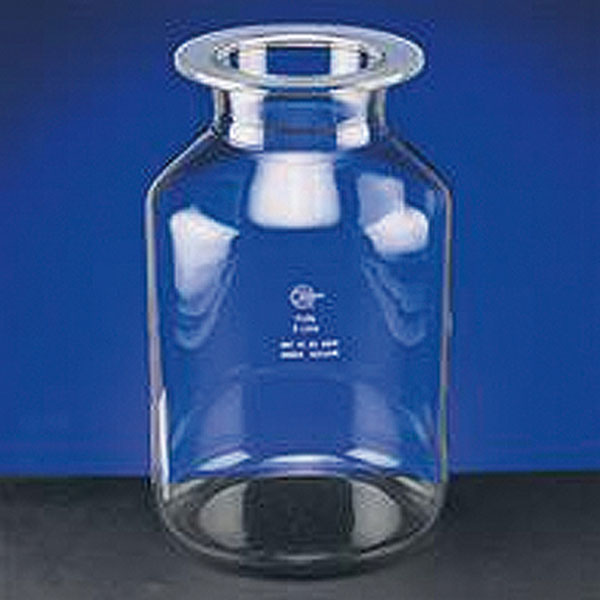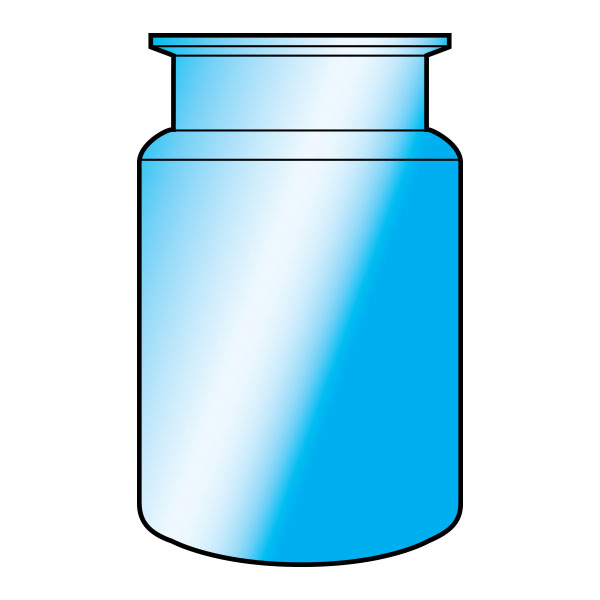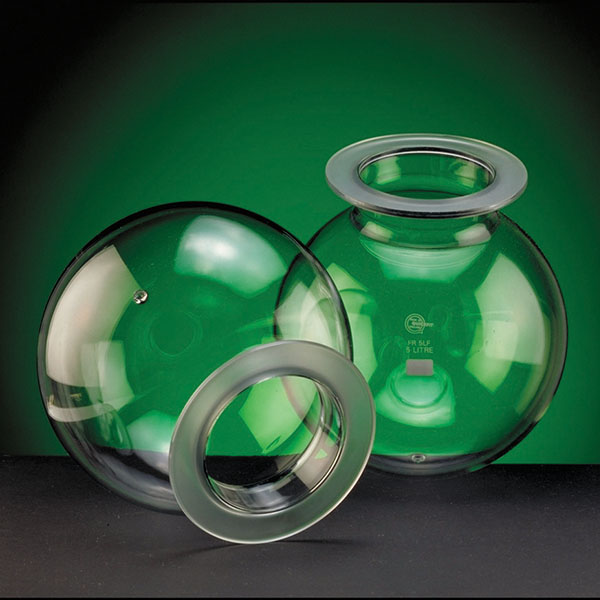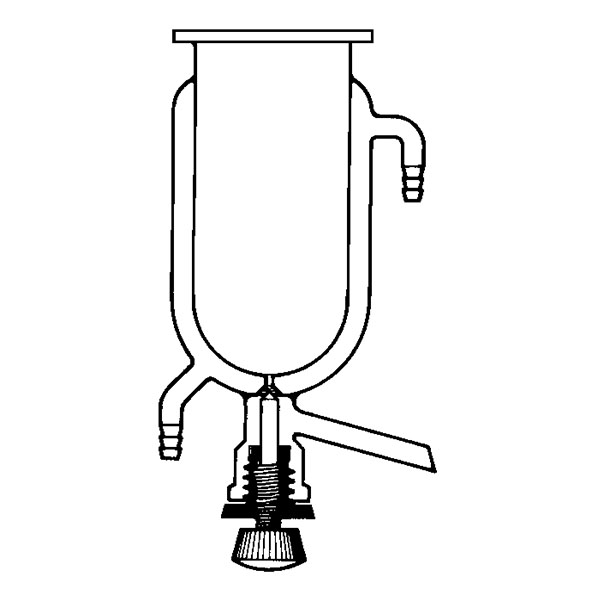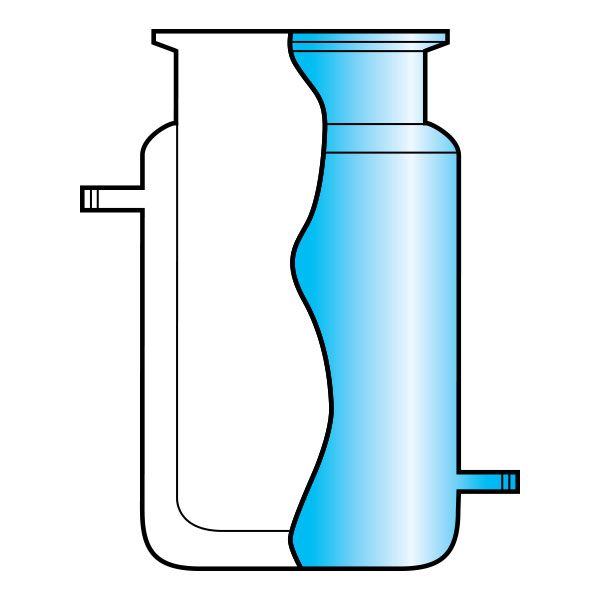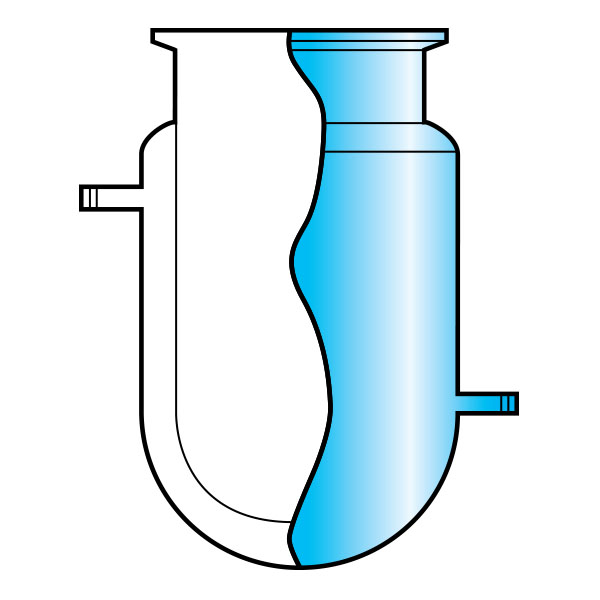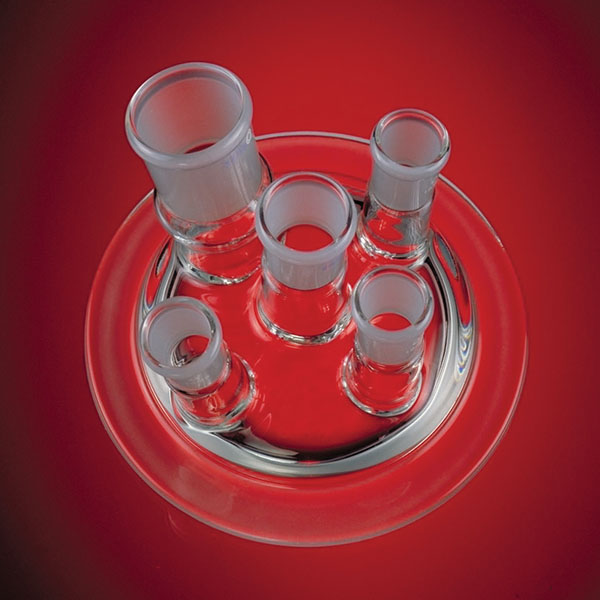As already explained in the chapter on reactors, a chemical reactor is a container in which a chemical reaction is to take place.
The researcher designs this container according to what is to take place inside it.
Colaver manufactures many types of chemical reactor for major research and development centres of universities and private companies.
What type of chemical reactor?
What type of chemical reactor?
The different types of chemical reactor differ in several ways.
Firstly, in the type of reaction that must take place in the container. Then by the substances used in the reaction. Finally by the way the reaction takes place: whether it is continuous or discontinuous.
.
The design of the chemical reactor must ensure the best yield of the process. It must be as economical as possible and must avoid safety hazards for the operators. This is very important because the substances used may be toxic or may produce violent reactions.
The chemical reactor must be as economical as possible.



Different types of chemical reactor
How to design and build a chemical reactor
When Colaver builds a reactor, it tries to maintain a high standard for the quality of the materials used. But at the same time he uses the minimum necessary quantity of raw materials to keep costs affordable.
In the laboratory, in addition to the cost of the operator, the cost of the instruments to be made must also be calculated.
In addition, the cost of the energy often needed to stir or heat the substances must also be calculated. Sometimes even to cool.
.
When Colaver builds a reactor, he takes into account that these processes must take place in this container:
.
- the reactants must be mixed
- this mixing must also be able to be achieved with stirrers
- the temperature must be able to be controlled
- the pressure must also be able to be determined
- the temperature and pressure conditions can be maintained with equipment such as condensers, pumps, heat exchangers, etc.
Which reactor to use in the laboratory
.
Let's better understand what type of reactors are used in the laboratory.
Chemical processes can be divided into two broad types: continuous and discontinuous.
In the same way, reactors also differ according to this characteristic.
The continuous chemical reactor works 24 hours a day under constant conditions. This type of plant never stops, except for normal maintenance work. Maintenance is usually carried out annually.
The discontinuous reactor usually operates according to load, react and empty cycles.
The continuous reactor operates according to load, react and empty cycles.
Some types of reactor use a heterogeneous catalyst inside.
In this case, the space within which the heterogeneous catalyst is to be positioned must be provided in the design. This space is the so-called "bed".
The catalyst, usually in a solid state, can be fixed or mobile.
Here is a list of some of the reactors that use the heterogeneous catalyst to trigger the desired reactions:
two-phase fluid-solid reactors (stirred reactor, Carberry reactor, axial or radial fixed-bed reactor, dragged or fluidised moving-bed reactor)
three-phase fixed-bed reactors (e.g. drip reactor)
three-phase moving-bed reactors
For more general aspects of the laboratory reactor click here






